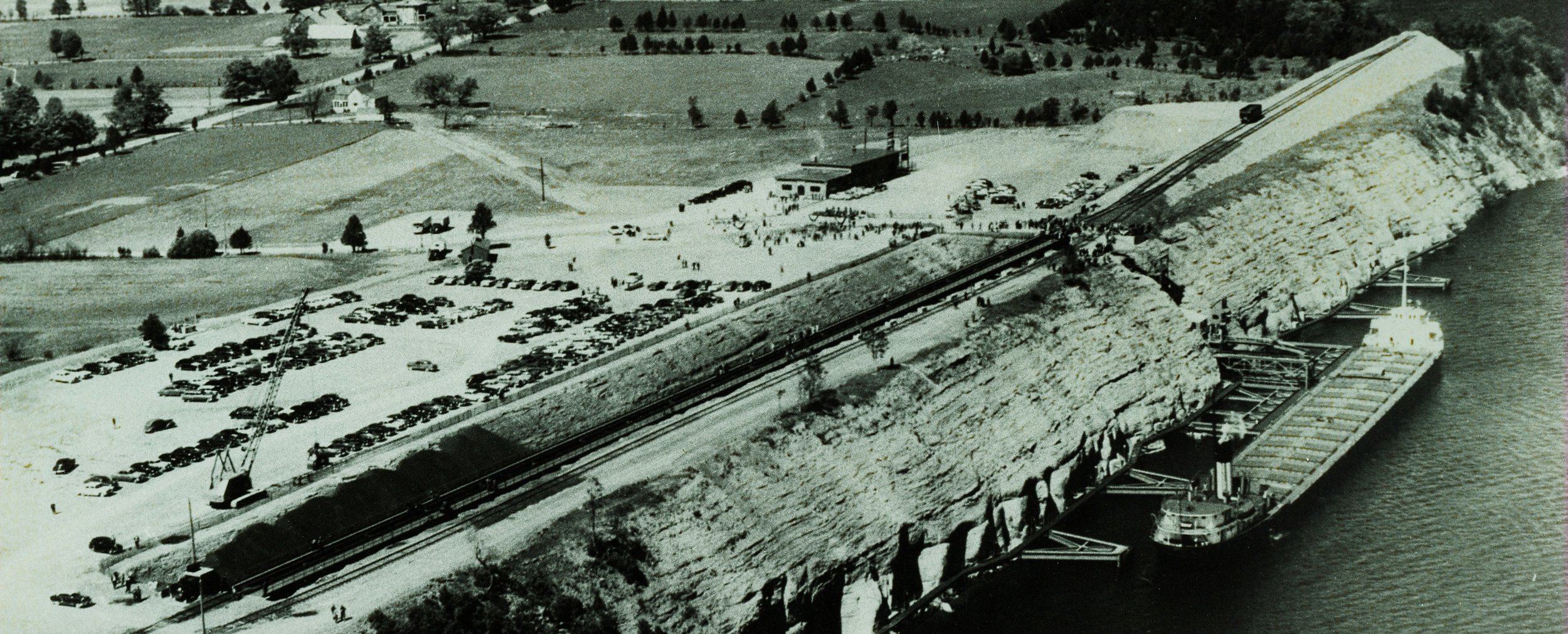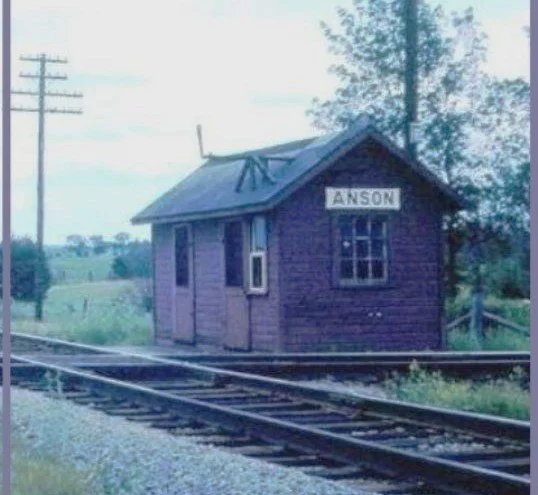The Marmora - Ottawa Connection
/There is no doubt that the big old house at 53 Forsyth Street in Marmora was one of the grandest for miles. Some time in 1900, the Marmora Herald wrote:
" It is a large, handsome, red brick house situated on the west side of Forsythe St. adjoining Mr. Carscallen's former residence on the north. The design is a very pretty one and in the general effect - size, symmetry of parts, material, workmanshipand in fact, every detail - the building is perfect. It was completed in March of last year.
But did you know that the architect hired by the owner, ( A.W. Carscallen, M.P.) was the highly respected Moses Chamberlain Edey - the architect who designed the Aberdeen Pavilion in Ottawa, as well as the Daly Building - Ottawa's first department store.
Moses Chamberlain Edey, Architect in 1869
Ottawa's Aberdeen Pavilion
Ottawa's first department store, the Daly Building demolished in 1992




































